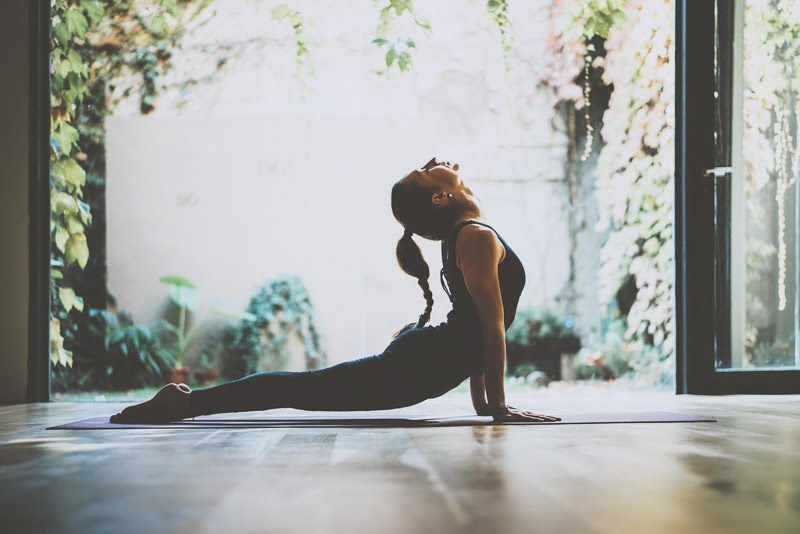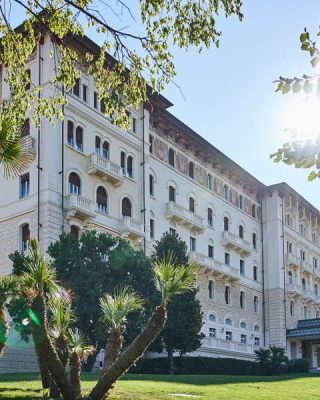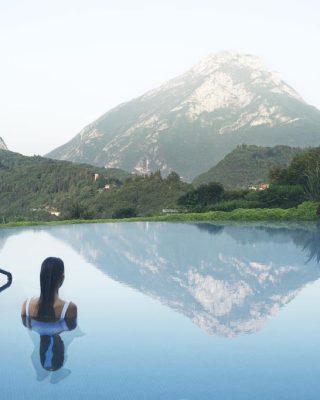We’ve all heard of yoga, and perhaps even tried it ourselves, without much conviction… Yet there are so many types of yoga and so many ways of teaching it, that there’s something for everyone. The benefits of yoga practice, whether nourishing our body or our mind, are well proven. So if you don’t know where to start for your next “yoga vacation”, we’ve put together this non-exhaustive rundown. Let Luxe Wellness Club be your guide… Namasté!
By the way, what exactly is yoga?
It’s impossible to date the emergence of yoga, but what’s certain is that our ancestors have been practising it for thousands of years. Even today, it is one of the six major Hindu philosophical movements. Its name comes from an ancient Sanskrit root meaning “to join” or “to put together”, and refers in particular to the unity of body, heart and mind. Through yoga, we seek to unite with our inner self.
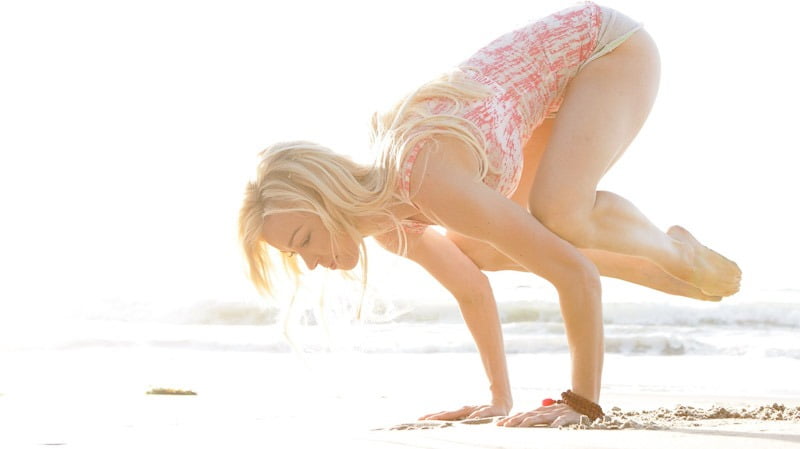
Even if today its practice has been “popularized” as a sporting activity, which is in fact the yoga of movement, yoga goes far beyond these few successive poses (which we call “asanas”). Some 2,000 years ago, the texts of the Yoga Sutras provided a philosophical synthesis of this vast practice. They describe eight major elements:
- Yama
These are ethical principles to be applied on a daily basis (authenticity, non-violence, not being greedy, not stealing and staying away from distraction).
- Niyama
These are principles of self-discipline (knowing yourself, being orderly, being satisfied with what you have, making efforts and letting go of control).
- Asana
This is the physical aspect of yoga, the postures to be linked together. The aim is to get the whole body moving and ready for meditation.
- Pranayama
It’s all about breathing. Prana” is vital energy; without it, we couldn’t keep ourselves alive. It plays a major role in the practice of yoga.
- Pratyahara
It’s listening to oneself through the control or withdrawal of the senses.
- Dharana
It’s the concentration of the mind, also translated as the fixation of thought.
- Dhyana
This is the meditation stage. Although other elements of yoga always include a meditative component, Dhyana consists of a very specific deep meditation, with several factors.
- Samadhi
This is where we realize the “ultimate reality”, the final aspect of yoga, union with the absolute.
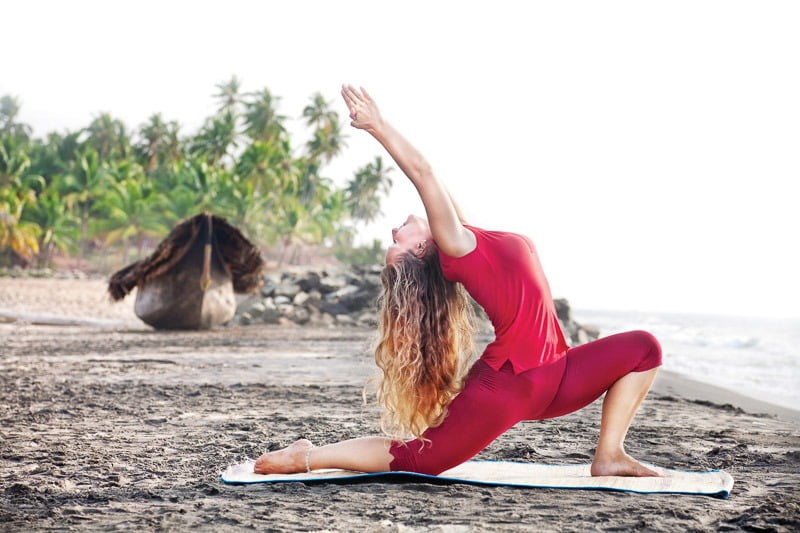
Asana and Pranayama are the best-known and most widely practiced elements in the Western world, and are the ones we’ll find in most hotel wellness packages. Some yoga retreats, however, can be an opportunity to explore other, more “spiritual” aspects of this beautiful practice.
Yoga, an almost magical practice
The benefits of practicing yoga are numerous and now scientifically proven. Lower blood pressure and heart rate, better blood oxygenation, increased muscular endurance, etc. But the greatest benefit, palpable at the end of a session, is relaxation, a feeling of inner peace.
True to its name, yoga bridges the gap between mind and body, providing both physical and mental benefits. The asanas (postures) enable you to gain strength, balance and flexibility, genuine care for the whole body, which is lacking in other sporting practices. Not forgetting meditative and breathing practices, which are indispensable in yoga.
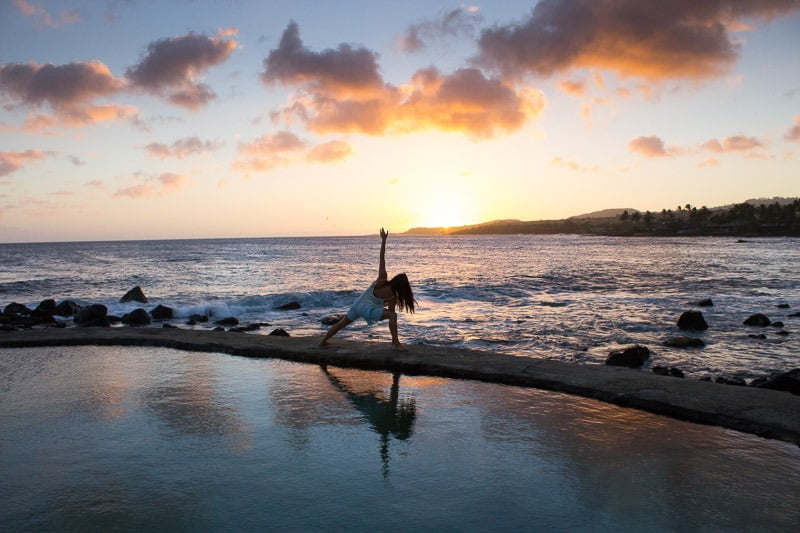
However, you don’t have to be already flexible or in Olympic shape to practice this discipline. Herein lies the greatness of yoga: the idea of performance or competition has no place, and the student remains the sole master of the effort he or she wishes to make. In fact, many accessories (cushions, blocks, straps, even chairs) are used to enhance or extend your practice. In fact, they are highly recommended for maintaining correct posture and benefiting from all their effects.
On the mental level, the list of benefits is long : self-esteem, serenity, benevolence (towards oneself and others), motivation, concentration, joy, etc. Many people turn to yoga because of – or thanks to – stress. By mastering, or at least practicing, good breathing, we can better manage all kinds of situations, including stress, anxiety, fear, panic attacks and many other difficult everyday moments. It’s also good for better sleep .
The different yoga practices
As we’ve seen, yoga comprises several elements, including movement, categorized by Asana. Its growing popularity has led to the evolution and diversification of certain forms of yoga. In other words, in each of these forms, the postures are the same, but the style is different. We’ve selected seven of the most common.
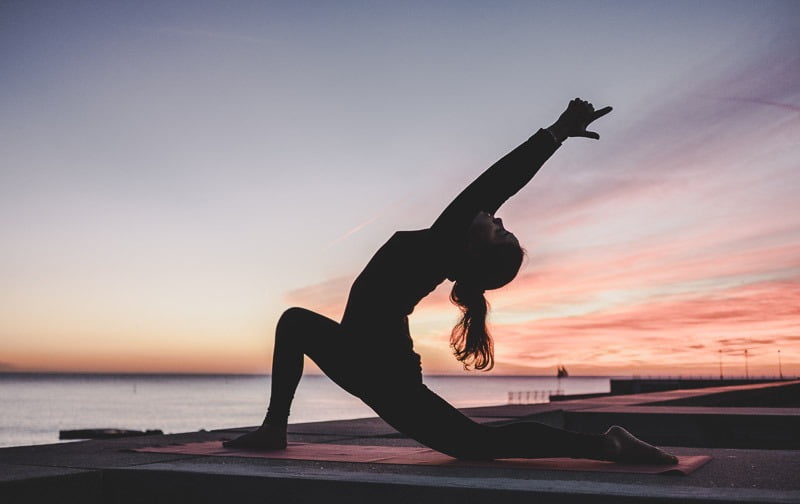
Hatha
From the Sanskrit words for “sun” and “moon”. In fact, you’ve probably already heard of the sun salutation, Hatha’s best-known series of postures. Hatha Yoga aims to balance body and mind. In this slow-paced practice, postures are held statically with a few breathing techniques. Sometimes, certain chants, recitations (mantras) and symbolic gestures (mudras) accompany the session.
Ashtanga
This rather physical form of yoga generally attracts more men than other types. Generally made up of a series of precise postures, each session follows a steady sequence of standing, sitting and lying postures.
Vinyasa
This variant of Ashtanga yoga is also physical. It’s a dynamic style that combines breathing and movement in a more or less rapid flow, depending on the teacher. Some postures, however, are held for a few breaths. Endurance, strength and flexibility are targeted.
Iyengar
Iyengar practice focuses on body alignment. Postures are held for longer periods. It’s a demanding discipline, where accessories play a key role in ensuring the best possible alignment in every pose. This practice, which is also therapeutic, is often recommended for recovering from certain injuries.
Bikram
Here, the aim is to practice 26 poses followed by two breathing exercises in a studio heated to 40°C and with 40% humidity. Its founder devised this practice to systematically circulate oxygenated blood throughout the body.
Yin
The meditative aspect is an important part of Yin Yoga. It involves holding poses for several minutes without tensing the muscles, sometimes with the aid of accessories. It is used in particular to restore the length and elasticity of body tissues. As this is a fairly recent practice, the names of similar postures differ from those of other types of yoga.
Kundalini
This practice is undoubtedly the most spiritual of those we have just presented. It is physically energizing, as it consists of repetitive, intense breathing exercises called kriyas. Through movement, sound and breathing, unused energy is stimulated and released. Everything is based on the spinal column, via the chakras (energy centers).
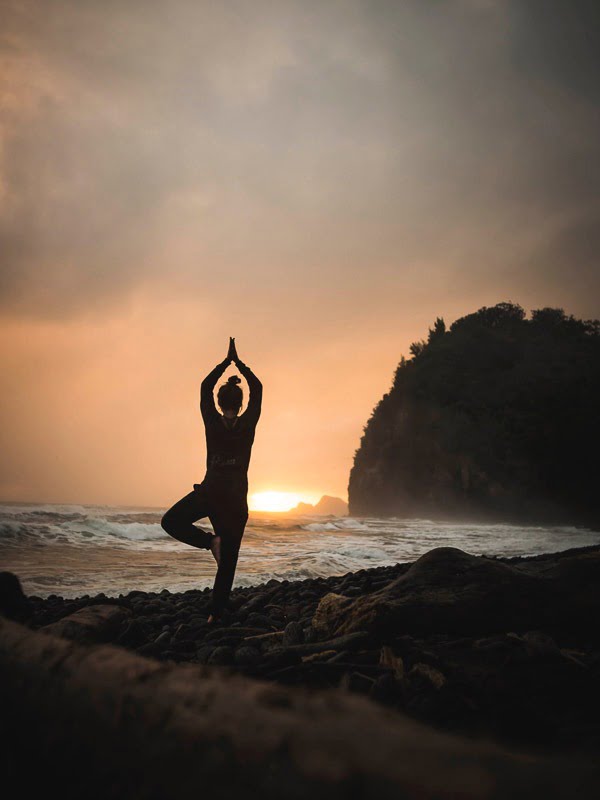
Yoga on vacation
Today, many hotels offer yoga sessions. They are sometimes in groups, sometimes individual, and almost always different. Because yoga is so vast, each teacher has developed his or her own practice, drawing inspiration from different styles. The various forms of yoga do, however, always give you the direction of the session. Most of the time, when sessions are referred to as “yoga” without any particular explanation, what is meant is Hatha yoga, Vinyasa yoga or even some Yin yoga postures. If other forms are mentioned, this is specified.
If you’d like to take your yoga practice a step further, retreats are available all over the world. They take place in small groups over several days, specially organized by one or more yoga teachers. It’s a golden opportunity to share a multidimensional experience of yoga. During these retreats, the various fundamental elements of yoga are explained and, above all, experienced. And that’s where the depth of the experience comes in.
Please note: as these are one-off stays, the dates are already fixed on the calendar.
Finally, there are yoga-based wellness programs. These are created by hotels and can generally be booked throughout the year. It’s a good compromise when you want to immerse yourself in yoga but on an individual basis, with no constraints on dates. This type of wellness offer usually includes a few spa treatments in addition to personalized yoga sessions.
Our favorite places to practice yoga
Among the establishments selected by Luxe Wellness Club are Lily of the Valley in France,Saltus Hotel in Italy, Paradis Plage in Morocco, Santani Wellness Resort in Sri Lanka, and VanaRetreat in India. We’ve got lots more!
Book a luxury yoga holiday
Benefit from our expertise in exceptional wellness breaks and contact us for a personalized quote for a spa hotel offering yoga classes or a luxury yoga retreat.
or call us from France: + 33 1 85 73 22 14 or from Switzerland: +41 22 501 75 16 to discuss your holiday plans.

